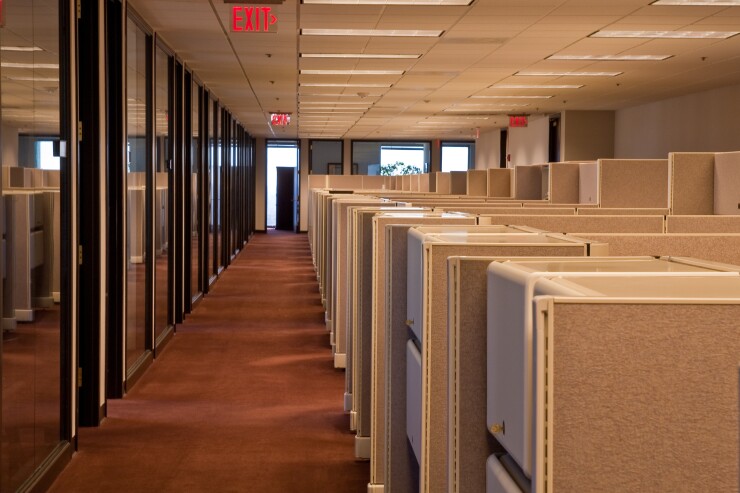With omicron now receding in much of the world, it’s fair to say that most people are craving a return to “normal” daily life patterns. There’s one major exception: Going
Many people have learned to be very productive working remotely, and few organizations have had problems with this arrangement. Most agree that the hybrid office/remote scenario is here to stay. But the office is still important, especially for things like collaboration and career advancement.
Read more:
Many leadership teams are right now considering: How do we convince people to come back into the office, at least part time? Do we offer incentives like food or other perks? Or do we simply mandate that they return?
Specific solutions will be different for every employer, but the considerations are largely similar. Here are five questions you need to address to get your employees back to the office part-time.
1. Is your technology up to date?
As many have found out as they return, getting work done in the office is not as easy as many remember it. Docking stations, large computer screens, and other workplace tools people were accustomed to are now mostly gone. The wireless systems that have replaced them are often janky or unreliable.
Make it
2. Can you maintain a sane work / life balance for employees?
One of the complaints people have about working remotely is that the line between work and the-rest-of-life keeps getting blurrier. Commuting into the office on select days can help make that distinction clearer — for both employees and and bosses.
3. Can you help workers feel like they are just as productive in the office?
Being able to talk to others, have sidebar conversations, and do virtually anything other than staring at a screen can be a major incentive to get out of the home office for a few days a week.
4. Can you make sure returning to the office isn’t too costly?
In addition to being a time suck, commuting to work via train or car costs money — and in some regions, quite a lot of money. Make sure that returning to work doesn’t put an inordinately expensive burden on employees by asking them to come in too often.
Read more:
5. Can you ensure that the new hybrid work model builds better teams?
Seeing your colleagues face-to-face helps create excellent team dynamics, and builds the kind of long-term relationships that help employees further their careers.
All of these considerations arise from two major questions: What are the pain points from working from home that going to the office can address? What are the pain points from working in the office that working from home can alleviate? Answer these for your own company and you’ll find more of them coming back the office — and feel good about doing so.






